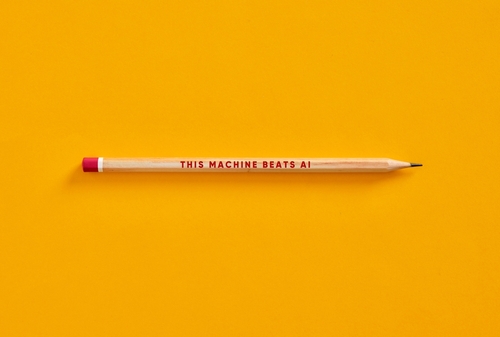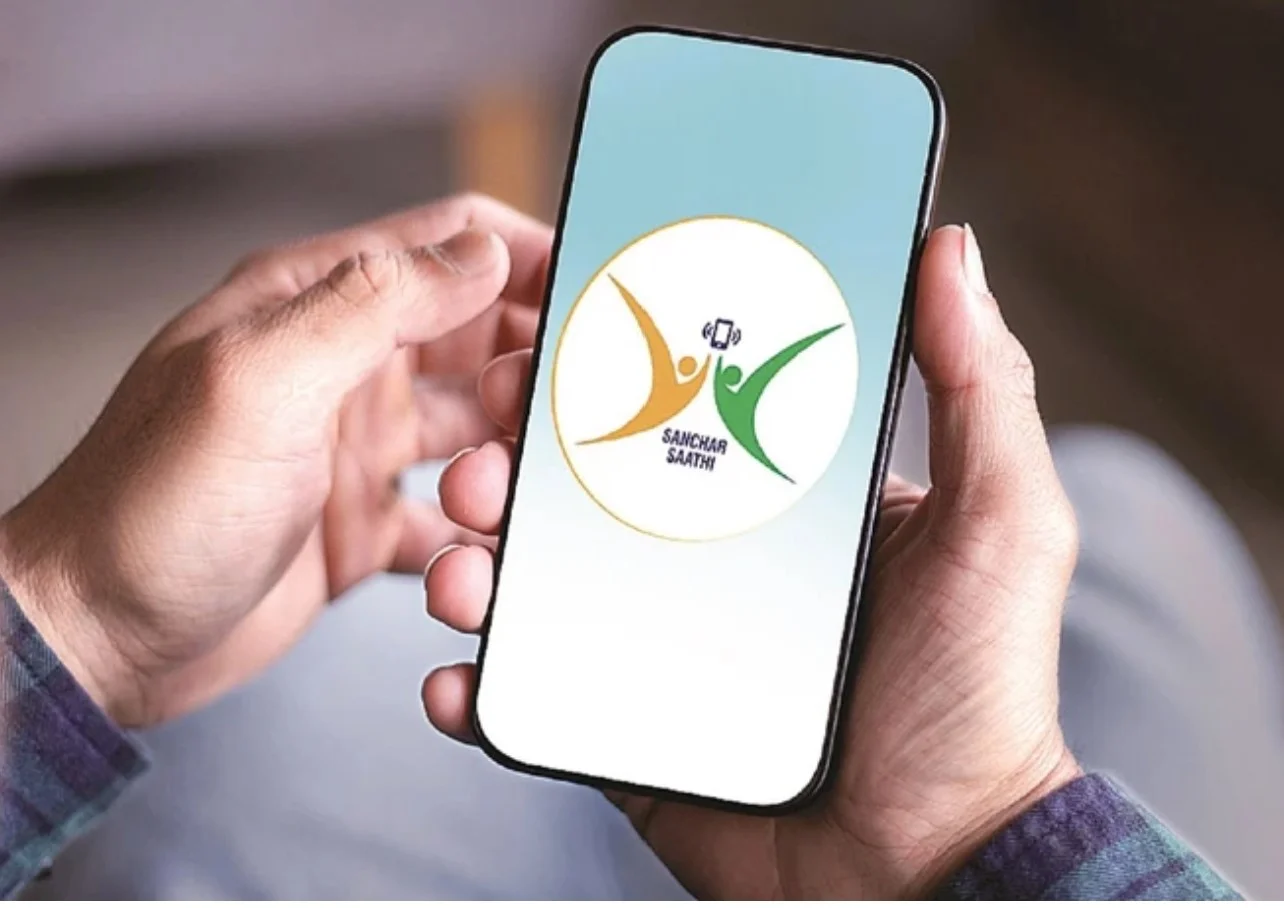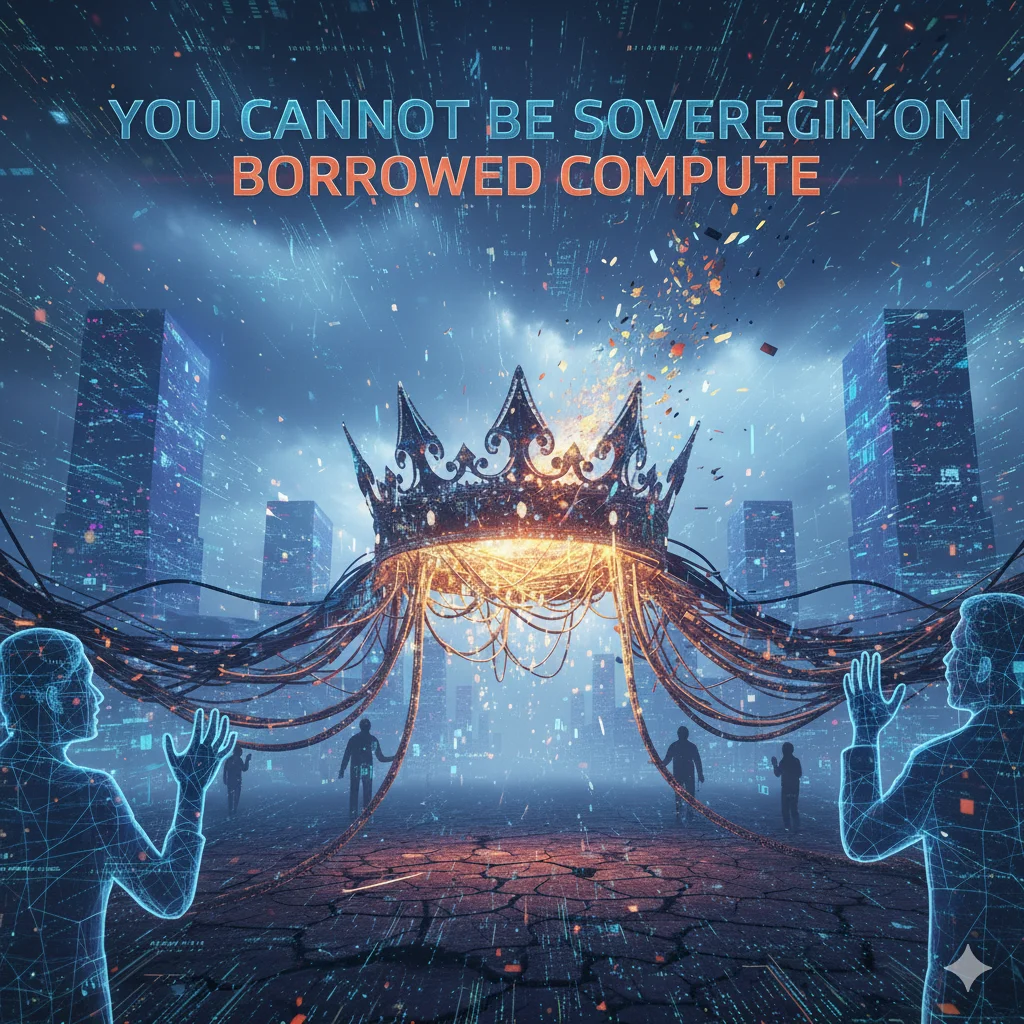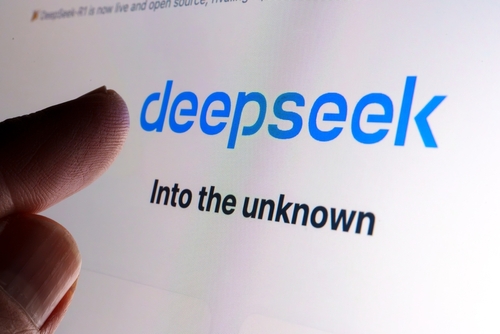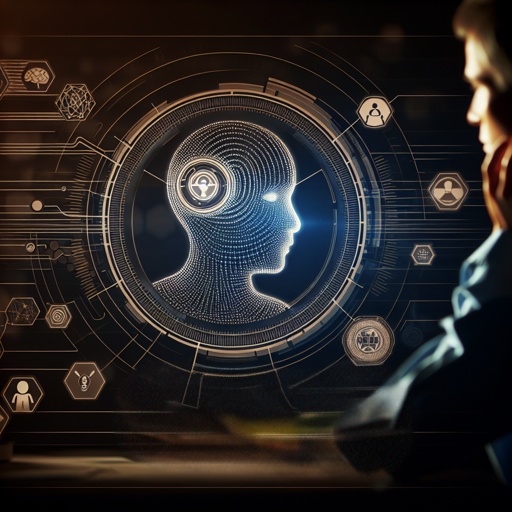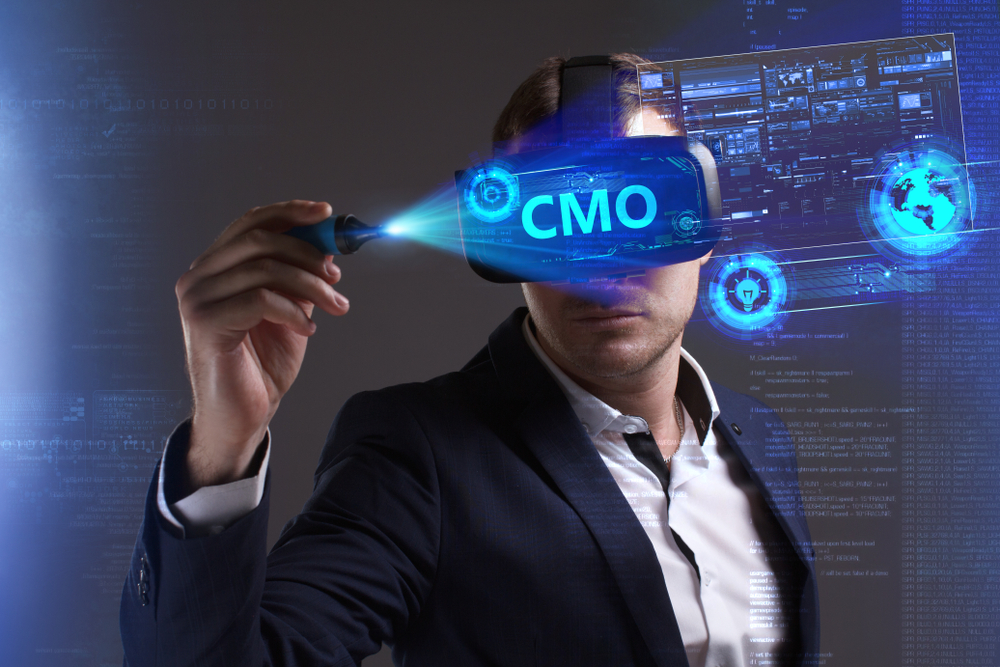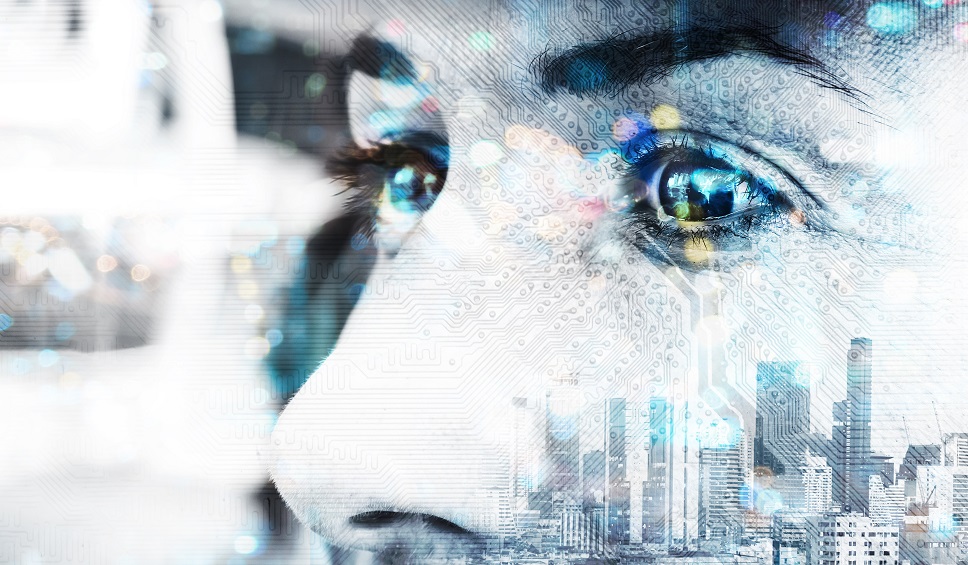In today’s marketing landscape, brands and consumers are caught in a modern-day Babel—a world where the language of connection is constantly evolving and often feels fragmented. Just as the biblical Babel scattered people into a confusion of tongues, the rise of artificial intelligence has introduced a whirlwind of new marketing dialects, data-driven signals, and algorithmic expressions. Marketers now face the challenge of translating between the timeless poetry of brand storytelling and the precise, ever-shifting syntax of machine intelligence. This Babel effect isn’t simply about jargon; it’s about navigating a marketplace where every message, metric, and moment can be interpreted in countless ways, demanding fluency in both human emotion and digital logic. To thrive, brands must become master translators, weaving together the old and the new to create genuine, resonant connections in a world where meaning is both multiplied and fragmented by technology.
The Old World: Rituals, Rhyme, and Repetition
Classic marketing was built on:
- Catchy slogans and memorable jingles.
- Brand recall measured by surveys and word of mouth.
- Emotional bonds forged through mass media campaigns.
- Empathy shown by attentive customer service and heartfelt CSR.
- Values etched in mission statements and annual reports.
Think of Coca-Cola’s “Open Happiness” or Nike’s “Just Do It.” The magic was in the message, the medium, and the memory.
Enter AI: The Grammar of the Machine Age
AI has upended marketing’s language and logic. It’s not just about unfamiliar words—it’s about new ways of thinking and operating:
1. From Funnels to Fluid Journeys
- Old: Linear customer funnels—awareness, interest, desire, action.
- Now: AI-powered journey mapping that predicts and personalizes in real time.
Example: Amazon’s recommendation engine adapts instantly to every click, while Netflix’s homepage changes based on your viewing habits.
2. From Gut Instinct to Quantum Metrics
- Old: Brand recall, NPS, and “share of voice.”
- Now: AI tracks brand mentions in generative search, analyzes sentiment across millions of conversations, and predicts loyalty before a customer even complains.
Example: Spotify uses AI to analyze listening data and mood, curating playlists and recommendations that deepen user engagement.
Example: Unilever leverages AI to forecast campaign impact and optimize global ad spend.
3. From Storytelling to Story-Sensing
- Old: Brand stories were crafted and broadcast.
- Now: AI senses the story as it unfolds—detecting micro-moments, emotional cues, and shifting contexts.
Example: Netflix personalizes not just recommendations, but also artwork and trailers, creating a unique narrative for every viewer.
Example: Starbucks uses AI to analyze purchase data and personalize offers, creating individualized customer journeys.
4. From Empathy as Slogan to Empathy as System
- Old: “We care” was a campaign.
- Now: Empathy is engineered.
Example: Apple’s Siri adapts responses based on user tone, aiming for context-aware empathy.
Example: Delta Air Lines use AI to monitor social media and proactively resolve customer issues, often before they escalate.
5. From Values as Wallpaper to Values as Windows
- Old: Values were static, hidden behind polished PR.
- Now: AI exposes and amplifies authenticity.
Example: Patagonia uses AI to monitor supply chain transparency and communicate sustainability efforts in real time.
Example: IKEA applies AI to track and report on its sustainability initiatives, ensuring brand values are reflected in real actions.
Then vs. Now
| Classic Marketing | AI-Driven Marketing | Example |
| Slogans, jingles, repetition | Dynamic, personalized messaging | Spotify’s mood-based playlists |
| Survey-based measurement | Real-time, predictive analytics | Unilever’s campaign forecasting |
| Storytelling by creative teams | Story-sensing by AI | Netflix’s personalized artwork |
| Human empathy in campaigns | AI-powered emotional intelligence | Delta’s proactive social media response |
| Static brand values | Transparent, AI-monitored values | Patagonia’s supply chain transparency |
The New Vocabulary: Where Words Become Worlds
- Prompt Engineering: Crafting the right queries to guide AI, as Tata Consultancy Services does for business proposals.
- RAG (Retrieval-Augmented Generation): AI that retrieves and generates context—Infosys uses this to deliver client insights.
- Hyper-Personalization: AI tailors every touchpoint, from Amazon’s product suggestions to Netflix’s recommendations.
- Sentiment Analysis: Real-time emotional tracking, as Starbucks and Delta deploy across digital channels.
Blending Human and Machine
The best brands don’t abandon the old, they remix it with the new:
- Coca-Cola’s global campaigns are now localized and personalized by AI, creating micro-moments of happiness around the world.
- IKEA’s commitment to sustainability is enhanced by AI-driven transparency and reporting.
- Spotify combines the art of music curation with the science of AI-driven mood analysis.
In this era of marketing Babel, where every message can be interpreted in myriad ways by both humans and machines, the true skill lies in translation. The most successful marketers will be those who embrace the chaos of this new linguistic landscape—who can decode data without losing the warmth of human connection, and who can craft stories that resonate across both hearts and algorithms. The Babel effect is not a barrier, but a call to creativity: an invitation to build brands that are as fluent in empathy as they are in analytics, as timeless as they are timely. In mastering this new language, marketers don’t just keep up, they become the architects of meaning in a world rich with possibility.

